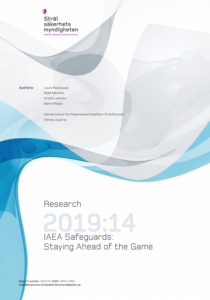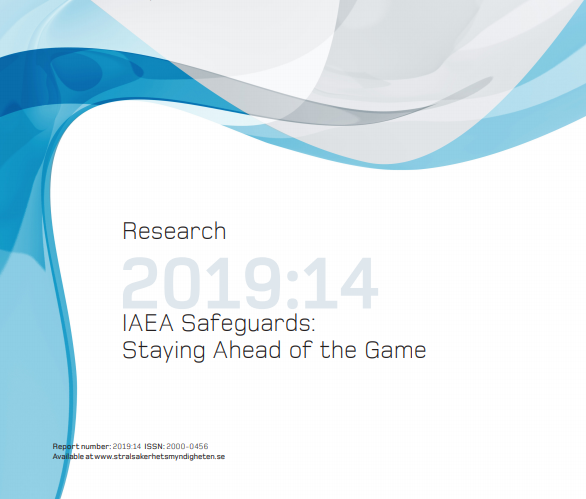
The international safeguards regime of the International Atomic Energy Agency (IAEA) has undergone significant evolution over time: from the formulation in the 1960s of item specific safeguards agreements to the development and adoption of the Model Additional Protocol in 1997 to Comprehensive Safeguards Agreements (CSA). Since the early 2000s, the IAEA has been developing State-level safeguards approaches that integrate the measures provided for in CSAs and additional protocols (APs) in the most efficient and cost effective way possible. The IAEA continues on an on-going basis to “improve the efficiency of safeguards implementation while maintaining or strengthening its effectiveness”. Among the more successful efforts to strengthen safeguards was the 2005 revision of the small quantities protocol (SQP).
The fast changing global environment, however, poses new challenges at an ever increasing rate. To stay ahead of the game and maximize the IAEA’s ability to anticipate and address challenges in a timely fashion, it is important to think “outside the box”, including about how the IAEA and its Member States might turn these challenges into opportunities.
With funding by the Swedish Radiation Safety Authority (SSM), the Vienna Center for Disarmament and Non-Proliferation conducted a study with a view to assessing the need for and feasibility of implementing measures to further strengthen safeguards. The report offers 47 recommendations related to the legal framework, universalization of APs, implementation of safeguards, strengthening support to the IAEA, updating the Model Additional Protocol Annexes, improving the administration and funding for safeguards, and addressing challenges posed by emerging nuclear and dual-use technologies.
“IAEA Safeguards: Staying Ahead of the Game” is available here or for download on the SSM’s website.

